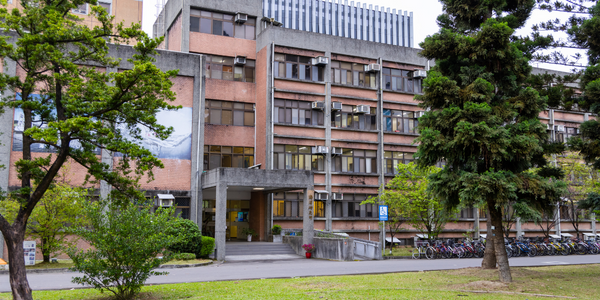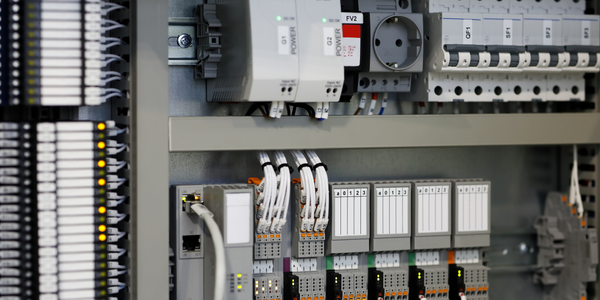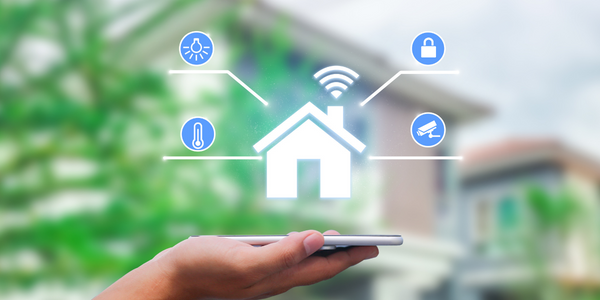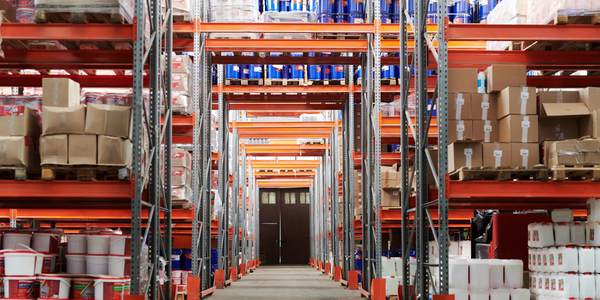Leveraging IoT for Accurate Electricity Cost Modelling and Greener Buildings: A Case Study of Station A

Technology Category
- Other - Battery
- Sensors - Utility Meters
Applicable Industries
- Buildings
- Retail
Use Cases
- Building Automation & Control
- Usage-Based Insurance
Services
- System Integration
About The Customer
Station A is a predictive platform and clean energy marketplace that helps property owners transition to net-zero energy consumption. The company collects and synthesizes geospatial, environmental, and financial data for commercial and residential properties. It shows property owners the potential financial and carbon savings they stand to gain from cleaner energy and determines which sustainability solutions will work best. Station A then connects property owners to solar, battery, and EV charging providers. Since 2016, Station A has identified over 750,000 commercial buildings in the US that would see financial returns from transitioning to clean energy.
The Challenge
Station A, a predictive platform and clean energy marketplace, was facing a significant challenge in promoting the adoption of sustainable energy. The problem was twofold. Firstly, potential customers were often overwhelmed by the complexity of determining the financial viability of sustainable energy solutions, leading to a state of 'analysis paralysis.' Secondly, Station A needed access to large-scale energy data and specific electricity data at the building level to accurately model savings for property owners. The lack of such data was hindering their ability to effectively engage with potential customers and demonstrate the financial and environmental benefits of transitioning to cleaner energy solutions.
The Solution
Station A adopted Signal, part of Arcadia's industry-leading data platform, Arc. Signal tracks the current electricity market and hourly retail pricing, modeling electricity costs across residential and commercial applications. It captures tariff structure and combines it with usage data to provide accurate calculations across over 95% of utility tariffs in North America. This allows Station A to model the cost of any energy usage scenario and identify ways to lower those costs. Using the Signal API, Station A pre-qualified 1 million buildings across the country, producing sustainability report cards for each. These report cards, indexed on Google, provide property specifications and value estimates alongside a sustainability grade. If a building owner wants to improve their grade or be more energy-efficient, Station A can recommend sustainable, cost-effective changes like incorporating rooftop solar, community solar, or EV charging solutions.
Operational Impact
Quantitative Benefit

Case Study missing?
Start adding your own!
Register with your work email and create a new case study profile for your business.
Related Case Studies.

Case Study
Energy Saving & Power Monitoring System
Recently a university in Taiwan was experiencing dramatic power usage increases due to its growing number of campus buildings and students. Aiming to analyze their power consumption and increase their power efficiency across 52 buildings, the university wanted to build a power management system utilizing web-based hardware and software. With these goals in mind, they contacted Advantech to help them develop their system and provide them with the means to save energy in the years to come.

Case Study
Intelligent Building Automation System and Energy Saving Solution
One of the most difficult problems facing the world is conserving energy in buildings. However, it is not easy to have a cost-effective solution to reduce energy usage in a building. One solution for saving energy is to implement an intelligent building automation system (BAS) which can be controlled according to its schedule. In Indonesia a large university with a five floor building and 22 classrooms wanted to save the amount of energy being used.

Case Study
Improving Production Line Efficiency with Ethernet Micro RTU Controller
Moxa was asked to provide a connectivity solution for one of the world's leading cosmetics companies. This multinational corporation, with retail presence in 130 countries, 23 global braches, and over 66,000 employees, sought to improve the efficiency of their production process by migrating from manual monitoring to an automatic productivity monitoring system. The production line was being monitored by ABB Real-TPI, a factory information system that offers data collection and analysis to improve plant efficiency. Due to software limitations, the customer needed an OPC server and a corresponding I/O solution to collect data from additional sensor devices for the Real-TPI system. The goal is to enable the factory information system to more thoroughly collect data from every corner of the production line. This will improve its ability to measure Overall Equipment Effectiveness (OEE) and translate into increased production efficiencies. System Requirements • Instant status updates while still consuming minimal bandwidth to relieve strain on limited factory networks • Interoperable with ABB Real-TPI • Small form factor appropriate for deployment where space is scarce • Remote software management and configuration to simplify operations

Case Study
Powering Smart Home Automation solutions with IoT for Energy conservation
Many industry leaders that offer Smart Energy Management products & solutions face challenges including:How to build a scalable platform that can automatically scale-up to on-board ‘n’ number of Smart home devicesData security, solution availability, and reliability are the other critical factors to deal withHow to create a robust common IoT platform that handles any kind of smart devicesHow to enable data management capabilities that would help in intelligent decision-making








